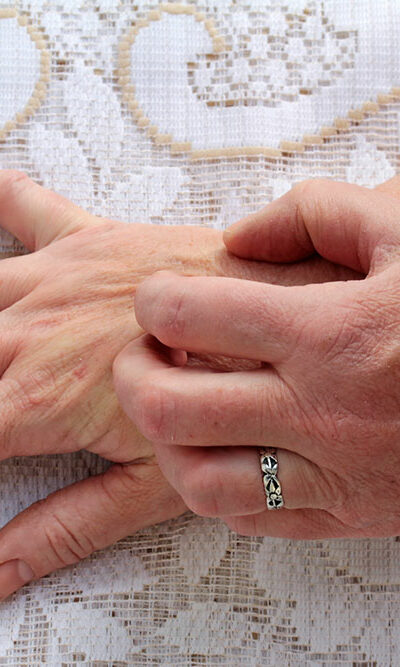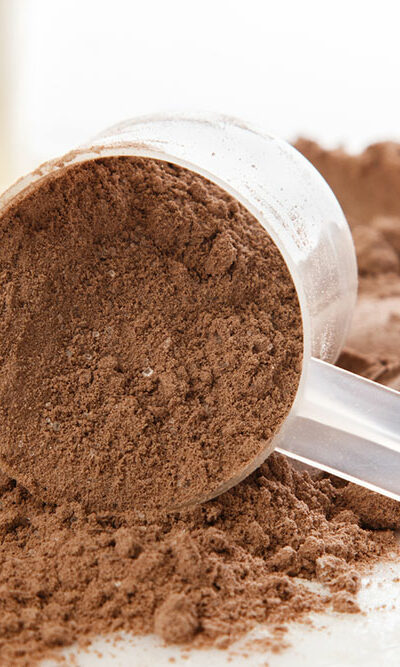
Symptoms and Treatment Methods for Pneumonia
Pneumonia is the infection caused in one or both the lungs. It can be caused due to viruses, fungus, or bacteria. The disease causes your lungs to be filled with fluid or pus, thus making it difficult to breathe. The symptoms that you might experience for pneumonia are coughing with mucus, sweating and chills, shortness of breath, and chest pain. Pneumonia can be caused due to germs or location and the treatment of each disease depends on a variety of factors. Most of the pneumonia is known to be contagious. However, you can get cured with the right treatment for pneumonia. Symptoms of pneumonia The symptoms of pneumonia essentially vary from being mild to severe. It also depends on your age as well as health. The most common symptoms of pneumonia include mild or high fever, shaking chills, cough, and falling short of breath while doing hectic activities. Some other additional symptoms of pneumonia can also include a stabbing chest pain that gets worse when you are breathing heavily. You might experience a headache, a very clammy skin, and excessive sweating in some cases. Your doctor will recommend the correct treatment for pneumonia based on your symptoms and diagnosis. When the condition gets worse you might feel a loss in your appetite and in energy accompanied by fatigue. Older people might also experience confusion. As pneumonia can be bacterial and viral, the associated symptoms also vary accordingly. In case you have bacterial pneumonia, your temperature might go as high as 105 degrees Fahrenheit. This type of pneumonia is known to cause sweating and a rapid increase in the pulse rate and breathing. Due to the lack of oxygen, the lips and nail beds can turn blue. The patient might also feel a loss of focus. When it comes to viral pneumonia, the symptoms are similar to influenza.










